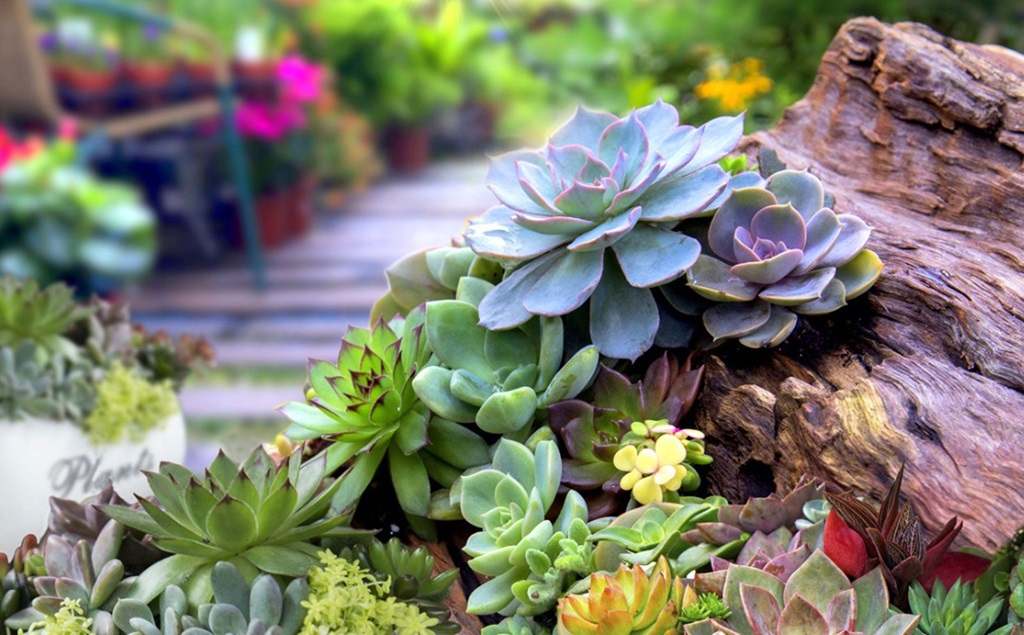Keeping an orchard at home in optimal conditions can be a very laborious job and requires constant vigilance that the conditions are right. One technique to facilitate this task is padding or mulching. It is a technique widely used in organic gardens that, among other benefits, gives protection to crops and soil. With a simple step by step and we will also explain how to make mulch from leaves.
If you have an orchard, a garden or just plants that you want to take care of very well. Here, we will see how to make mulching for plants or mulching.
How to make mulch from leaves?
Padding or mulching is a technique used in organic farming in which a physical barrier protects the soil and prevents the development of weeds. This barrier comprises putting on the surface of the soil a layer of different materials, both organic and inorganic. It prevents the passage of light and gives protection against strong changes in temperature and erosion.
The benefits of mulching are diverse, including:
- It hinders the growth of weeds in the garden.
- It protects the substrate and the microorganisms that inhabit it in front of abrupt changes of temperature, winds, or abundant precipitations.
- It helps maintain the heat of the roots in winter and the freshness during the summer.
- It helps to reduce water losses through evaporation and gives shade to the soil, which allows the humidity in the substrate. Therefore, mulching helps save water in crops.
- The mulching with organic materials helps soil fertility since its elements are decomposed and incorporated into the soil as humus.
- It helps increase biodiversity and biological activity present in the soil.
Types of mulching for plants or mulching: organic and inorganic
There are two basic types of padding or mulching for plants: organic and inorganic.
Organic mulches
This type of mulching uses exclusively organic materials, such as peat, leaf litter, decomposed manure, straw, compost, sawdust, bark, wood chips, or dry grass clippings. The advantage of these types of padding is that they also provide soil improvements in fertility.
For example, a pine bark mulch not only protects the soil but also acidifies it. You can also use the padding of crushed branches of plants that are healthy and free of disease. Another way to do the quilting is to apply a thin layer of dry grass clippings or use the leaves that fall from the deciduous trees.
Another type of organic mulching that is very good is that of wood chips and bark, but at least two years old since the young bark usually absorbs nitrogen from the soil when it decomposes. Another option, if we use young bark, is to apply some nitrogenous mineral fertilizer.
We always recommend mulching organic, since they decompose and provide additional improvements to the ground as the supply of nutrients.
Inorganic mulches
This type of mulching uses inorganic materials such as gravel, gravel, marble, crushed ceramics, expanded clay, volcanic rock or stones in general. However, these types of materials do not provide organic improvements. The quilting made with stones are suitable in terrains with slopes and around descends of water.
How to make quilting for plants or mulching step by step
It is advisable to mulch before the tree or the plant sprouts. In this way, the new plant will take better advantage of the contribution of nutrients or the improvement in the soil that will be produced. When we refer to our garden, pot, or garden, the ideal is to do it at the end of winter. Just before starting the crops, we can repeat it at the end of summer.
The steps to make mulching or mulching for orchard or plants are:
- Remove the weeds and compact the soil with a hoe, leaving loose the soil so that they penetrate better the materials and supplements that we provide.
- Add the material and distribute it in quilting with a thickness of between 10 cm and 15 cm.
- Add microorganisms, which will facilitate the decomposition of organic matter and the absorption of nutrients by the plant.
- Add the nutrients that the plant needs.
- With a rake or cultivator, bury the microorganisms and fertilizer and mix them.
- Water the crop.
So your mulch or mulch for orchard or plants will be ready.






